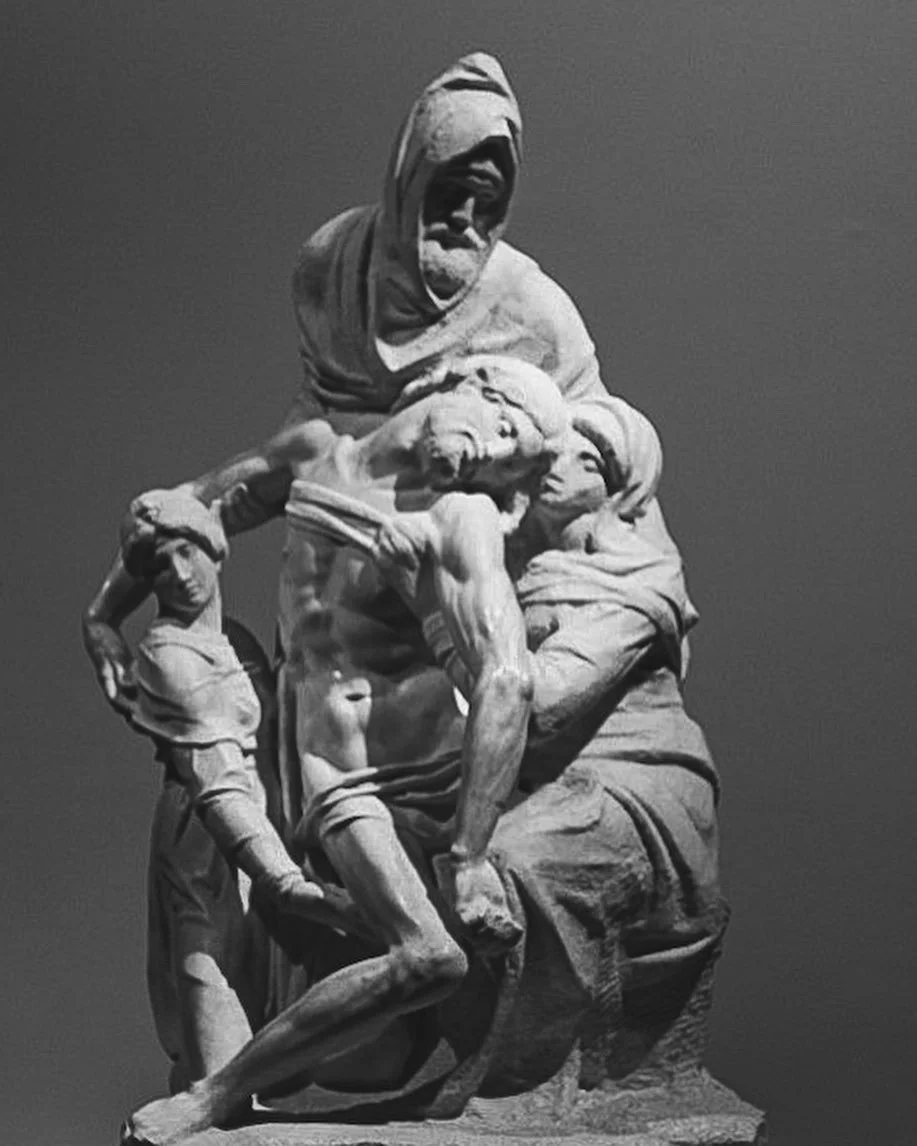Step into the enchanting world of Renaissance sculptures, and you'll find yourself immersed in a realm of artistic elegance and immeasurable beauty. These captivating masterpieces, adorning the cities of Italy, have long fascinated art enthusiasts and scholars alike. Yet, what many may overlook is the remarkable fact that the bare marble statues we see today were once vibrant and adorned with delicate brushstrokes. In this post, we will explore the hidden facets of Renaissance sculptures and shed light on their lost painted glory.
The Renaissance period in Italy (14th to 17th century) witnessed an impressive resurgence of art, literature, and culture. This era gave birth to some of history's most magnificent sculptures, breathing life into cold, lifeless stone. Artists, such as Michelangelo and Donatello, adorned their creations with the richness of colours, striving to emulate the divine and the human in unison.
It may come as a surprise to many that sculptures, particularly marble ones, which are typically celebrated for their pristine whiteness, were originally intended to be masterfully painted. Extensive research and examination of Renaissance sculptures have revealed traces of pigments, proving the presence of vivid hues that once graced these magnificent works of art.
Over the centuries, exposure to weathering, pollution, and the passage of time caused the original painted layers to fade away, leaving behind the iconic alabaster-like appearance we recognise today. These subsequent alterations transformed the sculptures' physical appearance but also masked the intricate details, particularly in the eyes, which were once painted to depict the vibrancy and life within.
The revelation that Renaissance sculptures were once painted adds an entirely new dimension to our understanding and appreciation of these magnificent works. At first, it may be disconcerting to reconcile the idea of painted statues with our conventional perception; however, it grants us a fresh perspective, reflecting the ingenuity and creativity of the artists of that era.
Many artists, photographers, and historians have taken it upon themselves to recreate the painted elements of Renaissance sculptures, allowing us to glimpse the past in all its colourful splendor. By meticulously studying the remaining traces of pigments and historical documents, these individuals breathe life back into these statues, revealing the intricate details and capturing the essence of the original creation.
The Renaissance period in Italy gifted the world with awe-inspiring sculptures, which captivated hearts then and continue to do so now. The intriguing revelation that these marble statues were once adorned with vibrant colors adds a layer of complexity and fascination to their story. As we explore the eyes of these captivating figures, we are reminded that even timeless masterpieces evolve over time, leaving behind clues that inspire artists of today to revive the beauty of the past. So, next time you find yourself in front of a Renaissance sculpture, take a moment to imagine the vibrant palette that once adorned it and marvel at how art evolves and adapts throughout history.

